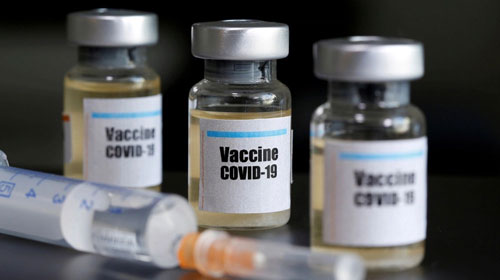Dubai
The International Air Transport Association (Iata) on Monday released guidance to ensure that the air cargo industry is ready to support the large-scale handling, transport and distribution of a Covid-19 vaccine.
Iata’s guidance provides recommendations for governments and the logistics supply chain in preparation for what will be the largest and most complex global logistics operation ever undertaken.
Reflecting the complexity of the challenge, the Guidance was produced with the support of a broad range of partners, including the International Civil Aviation Organisation (ICAO), International Federation of Freight Forwarders Associations (FIata), International Federation of Pharmaceutical Manufacturers and Associations (IFPMA), Pan American Health Organisation (PAHO) , UK Civil Aviation Authority, World Bank, World Customs Organisation (WCO) and World Trade Organisation (WTO).
The guidance includes a repository of international standards and guidelines related to the transport of vaccines and will be updated regularly as information is made available to the industry. Accompanying the guidance, Iata established a joint information-sharing forum for stakeholders.
“Delivering billions of doses of a vaccine that must be transported and stored in a deep-frozen state to the entire world efficiently will involve hugely complex logistical challenges across the supply chain. While the immediate challenge is the implementation of Covid-19 testing measures to re-open borders without quarantine, we must be prepared for when a vaccine is ready. This guidance material is an important part of those preparations,” said Iata’s Director General and CEO, Alexandre de Juniac.
1.The availability of temperature-controlled storage facilities and contingencies when such facilities are not available 2.Defining roles and responsibilities of parties involved in the distribution of vaccines, particularly government authorities and NGOs, to assist safe, fast and equitable distribution as broadly as possible. 3.Industry preparedness for vaccine distribution which includes: Capacity & Connectivity: • The global route network has been reduced dramatically from the pre-Covid 22,000 city pairs. Governments need to re-establish air connectivity to ensure adequate capacity is available for vaccine distribution.
• Facilities and infrastructure: The first vaccine manufacturer to apply for regulatory approval requires the vaccine to be shipped and stored in a deep-frozen state, making ultra-cold chain facilities across the supply chain essential.—Agencies









